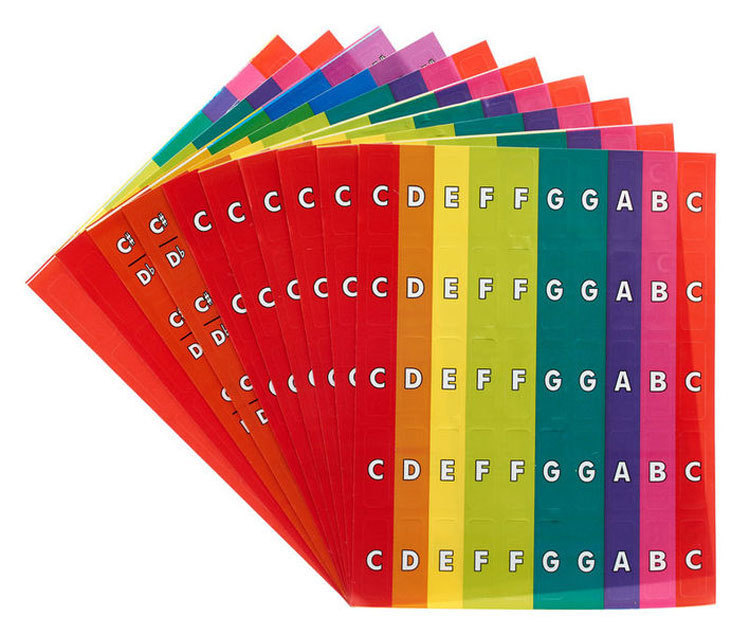


Added toolbar icon "TM-30" which will display the TM-30 summary report for quick viewing.The CQS calculation was mistakenly disabled.The TM-30-18 chroma and hue shifts are written to a new results tab in the main window.Fixed bug where the line of the matching curve in the spectrum plot was not thick as displayed in the legend.The color of the matching curve in the spectrum plot can now be selected to be black, red or blue.Fixed some bugs in the "Match spectrum" optimization method.If you enter a user spectrum for the matching spectrum it will be saved when you exit the program.You can enter multiple steps to draw several ellipses, e.g., you can enter "2 2.5 3" for the "# steps" to draw these 3 ellipses. If you right-click on the table you will see a popup menu with several short-cuts.

You can enter either: a, b, and theta or g11, 2g12 and g22 to define your ellipse. This is only available in the "Custom CIE" dialog. You can now define your own ellipses to use on the CIE plot.There are more details on defining your own ellipses in the \"Help\" menu (click the question mark icon) of the "Custom CIE" dialog. Up to 10 user defined ellipses can now be entered.The white point used to calculate the dominate wavelength and purity of a spectrum in the "Other Calculations->Calculate CCT, Duv, dominant WL and purity from x, y." menu item dialog can now be selected by the user.As a note: an easy way to enter a matching spectrum is to select it, do a calculation, then right-click in the matching column of the table and select the "Copy spectrum into the matching column" option.

This method has the advantage of displaying the reference spectrum in the spectrum plot. If you select "user entered" you can paste your own spectrum into the table in the "Matching" column. If you select either blackbody or daylight you can enter these values in the UI. You can select between blackbody, daylight or "user entered". Then under the "Matching" menu select which type of matching spectrum you want to use.


 0 kommentar(er)
0 kommentar(er)
